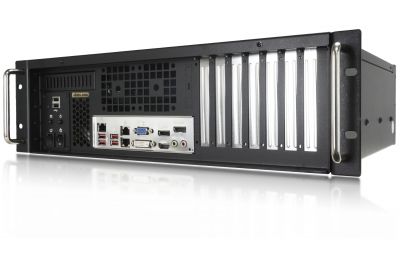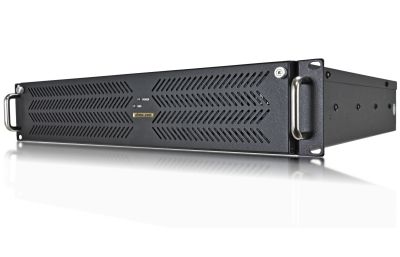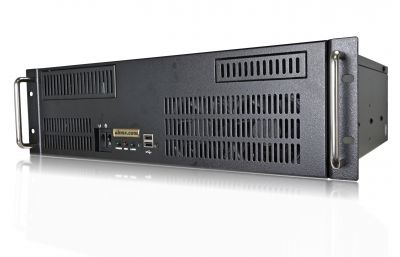According to Microsoft, general support for Windows 7 ended back in January of 2015. There is "extended support" until January of 2020, however this does not mean things are all fine and dandy. There are some major road blocks coming, and it's important to start the upgrade process now rather than at the last minute. Let's take a look and see what the current state of Windows 7 is.
Brief History
Windows 7 was released almost 9 years ago in 2009. Since then Microsoft has released several operating systems, including Windows 8.1 and Windows 10. Microsoft has always had problems getting users to move to their new operating systems, and that is easily apprent since Windows XP still has an unbelievable market share of 7% (source). As is Microsoft's tradition, every other operating system version has not been well received which was the case with Windows 8.1. And following in that tradition, Windows 10 has subsequently fixed a lot of the problems and introduce new features that improve the user experience and performance.
From a software maintenance point of view, maintaining extremely old software is a pain. Especially for software as large and complex as Windows. So it's no surprised that Microsoft wants to move everybody forward as soon as possible.
State with Intel's Skylake CPUs (Late 2016)
Towards the end of 2016, Intel released a new revision of their microarchitecture, name Skylake, which required new motherboards to go with their new line of CPUs. SuperMicro subsequently released the X11 series motherboards, which was based on the Skylake chipset.
With this new chipset, Intel changed how USB worked at the hardware and BIOS level. This resulted in difficulties with Windows 7 since the drivers are not included in the installation (No USB mouse/keyboard support, or USB optical drive support). Fortunately SuperMicro included a "Windows 7 Compatible USB" feature in their BIOS to ease the pain, and the proper drivers are available for download.
Despite the compatibility mode, Microsoft has stated that it will not fix any Windows 7 issues on Skylake hardware except for only the most extreme security fixes.
State with Intel Kaby Lake and AMD Ryzen (2017+)
In early 2017 Microsoft, released another refresh of their microarchitecture named "Kaby Lake". AMD also launched their highly anticipated Ryzen CPUs. Unfortunately, with this hardware revision, Microsoft has blocked all updates for Windows 7 on this hardware.
Users have reported that an error message will pop-up when trying to run Windows Update, stating that the hardware is incompatible. So if someone is running Windows 7 on Kaby Lake or Ryzen hardware, there will be no way to get updates. There are some unofficial work-arounds but we definitely do not recommend risking your system with hacks.
What needs to be done
Windows 7 is being forced out by not only Microsoft, but also the hardware manufacturers who don't want to continue to support and develop drivers for a 9 year old operating system. Eventually the OS will no longer function with hardware, and hardware that supports Windows 7 will be both in extremely high demand, expensive, and very difficult to get.
As of the writing of this article, we still have Windows 7 compatible hardware. With the release of Kaby Lake, we are soon approaching the period where Skylake/X11 components will no longer be available. This means that it will eventually be impossible to run Windows 7.
Our recommendation is to start the process of upgrading to Windows 10 (or switching to Linux) as soon as possible. There can be a lot of work involved in upgrading to a new operating system, not to mention unforeseeable problems that may occur. It will be much easier to take time to upgrade now, rather than being caught with no available hardware.





